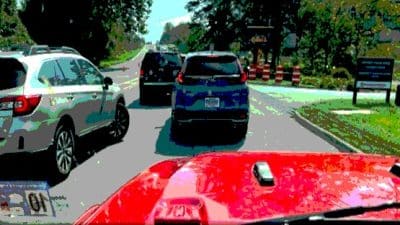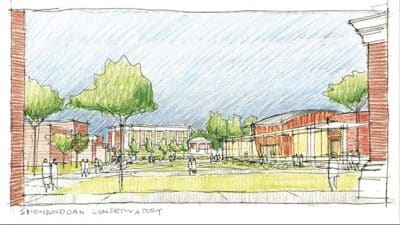
For example, life expectancy differs by 20 years in the 5.5 miles it takes to drive between Westover Hills and Gilpin and by 14 years in the 2.8 miles that separate Westover Hills and Swansboro.
Researchers at the Virginia Commonwealth University Center on Society and Health, with funding from the Robert Wood Johnson Foundation, created the map using census tract data from the Virginia Department of Health.
The map is the latest in a series developed to raise public awareness of the many factors that shape health, particularly social and economic factors. The dramatic health gaps the map demonstrates can be used as a conversation starter to support the work of local officials and community organizations looking to address these factors in order to improve, maintain and reclaim their community’s health. These differences between neighborhoods rarely are due to a single cause. A growing body of research shows that health is influenced by a complex web of factors. These factors include opportunities for education and jobs; safe and affordable housing; availability of nutritious food and places for physical activity; clean air; and access to health care, child care and social services.
“The health differences shown in these maps aren’t unique to one area. We see them in big cities, small towns and rural areas across America,” said Derek Chapman, Ph.D., associate director for research, VCU Center on Society and Health. “Our goal is to help local officials, residents and others understand that there’s more to health than health care and that improving health requires having a broad range of players at the table.”
For example, a VCU-led initiative aims to reduce health disparities in Richmond through a partnership involving the VCU Health System Virginia Coordinated Care program for the uninsured, the VCU Office of Health Innovation, Richmond City Health District and the Institute for Public Health Innovation. The project will deploy community health workers to address social factors and help residents obtain better care in lower cost community-based health care settings rather than relying on more costly visits to emergency departments.
Additionally, the 7th District Health and Wellness Initiative is a collaborative effort to improve community health and wellness through health education and outreach; health promotion; and screening, treatment, and medical homes that coordinate patient care. The initiative has been in place since 2009 and involves partners in the Richmond City Health District, VCU, Bon Secours, Sports Backers, the Minority Health Consortium, and others. Its success in promoting health has prompted the recent expansion of the program into the north side of Richmond.
“To build a culture of health we must build a society where everyone, no matter who they are or where they live, has the opportunity to lead a fulfilling, productive and healthy life,” said RWJF President and CEO Risa Lavizzo-Mourey, M.D. “There’s no one-size-fits-all solution. Each community must chart its own course and everyone has a role to play for better health in their homes, in their neighborhoods, in their schools and in their towns.”
VCU and RWJF released a map of Las Vegas in March 2015 and of the District of Columbia; New Orleans; Kansas City, Missouri; Minneapolis; and the San Joaquin Valley in California in 2013. Maps of Chicago, New York and Atlanta are being released concurrently with the Richmond map. See societyhealth.vcu.edu/maps. In the coming months, 15 more maps will be released for cities and rural areas across the country. Follow the discussion on Twitter at #CloseHealthGaps.










